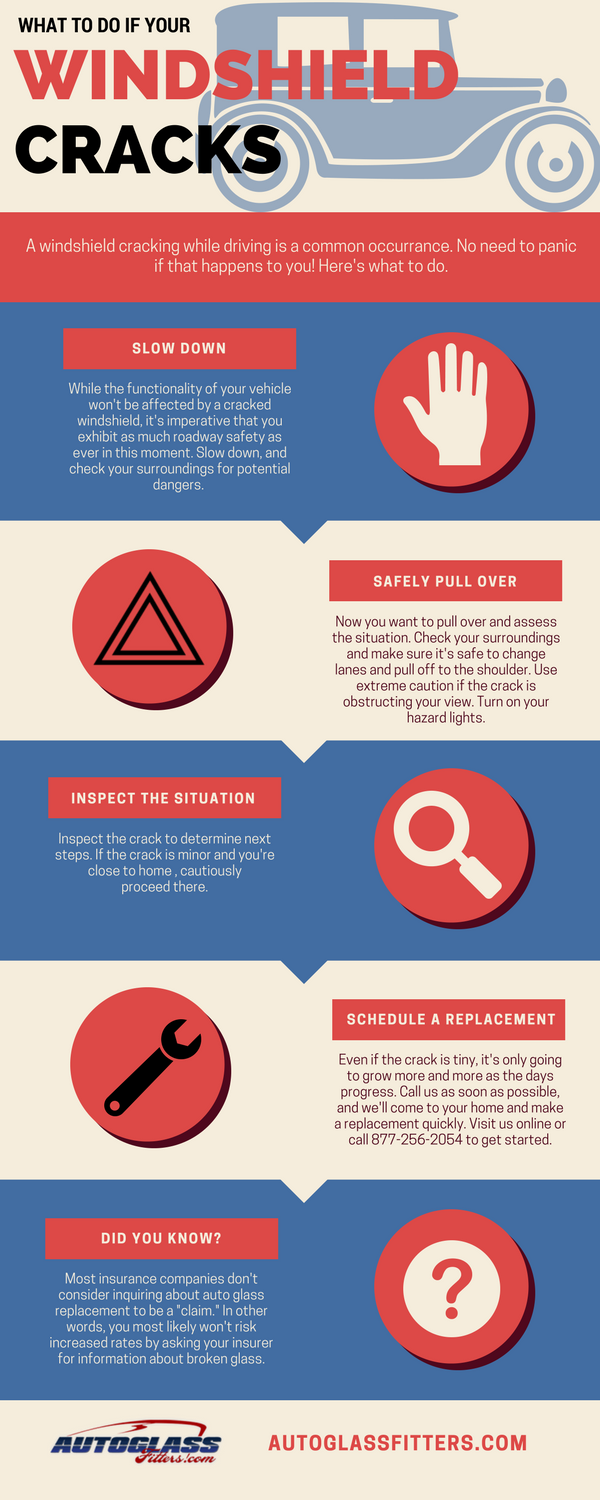When it concerns pressure washing, the technique you choose can make all the difference in accomplishing a clean, streak-free surface. You might locate that hard surfaces, like concrete, call for a various method than softer materials, such as timber or plastic. It's essential to adjust your techniques to the surface area kind to prevent damages while optimizing cleaning efficiency. So, what are the best strategies for each and every surface, and exactly how can you ensure you're utilizing the appropriate setups and tools for the job? Let's discover what you need to know to get the very best outcomes.
Difficult Surface areas
When it involves press cleaning tough surfaces, preparation is crucial. Before residential window cleaning denver think of taking out the pressure washing machine, make the effort to clear the area of any debris, furnishings, or obstacles. You do not want anything getting in your means or possibly destructive your tools.
Next off, inspect the surface for any type of splits or damages; this will certainly aid you establish the ideal approach and stress setups.
Once you have actually prepared the location, it's important to choose the best nozzle. For difficult surfaces like concrete or block, a slim nozzle (15 or 25 degrees) functions best to offer a focused stream of water that can effectively remove grime and discolorations. Always start at a distance and progressively move more detailed to stay clear of any surface area damages.
As you start cleaning, keep the stick transferring to stop touches and over-saturation. It's additionally useful to function from the top down, enabling dirt and debris to wash away normally.
Lastly, bear in mind to rinse the surface area completely after cleaning up to eliminate any type of remaining detergent. With these methods, you'll attain a tidy and refreshed look on all your hard surfaces.
Soft Surfaces
Pressure washing soft surfaces requires a gentler technique to secure them from damage. Whether you're cleansing your deck, patio furniture, or home siding, utilizing too much stress can cause damages, scrapes, and even irreparable harm.
Beginning by selecting a low-pressure nozzle, preferably a 25-degree or wider spray pattern, to disperse the water more delicately.
Prior to you start, it's crucial to pre-treat any kind of spots with an ideal cleansing remedy. This action allows the cleaner to penetrate the dirt and gunk, making it much easier to wash away without rubbing also hard.
Constantly apply the solution from the bottom approximately protect against spotting.
When you start stress cleaning, preserve a range of at the very least 12 to 18 inches from the surface area. Relocate your wand in a sweeping activity, maintaining it alongside the surface to stay clear of concentrated stress on one place.
Rinse the location extensively after cleaning up to remove any kind of recurring cleanser.
Last but not least, examine the surface area for any kind of missed areas and repeat the process if required. By following these steps, you can efficiently clean soft surface areas while maintaining their stability and appearance.
Specialized Surfaces
Cleaning up soft surfaces needs care, but specialized surfaces demand a lot more focus to detail. When you tackle these surfaces, like delicate wood, tarnished concrete, or particular sorts of exterior siding, utilizing the best stress cleaning strategies is important to stay clear of damage.
Initially, examine the material. As an example, treated timber can usually hold up against modest pressure, yet softer woods like cedar might call for a lower setup. Always begin with the most affordable stress and progressively enhance if required.
For tarnished concrete, make use of a follower spray nozzle and keep a consistent distance to stop engraving the surface area.
When handling surface areas like vinyl house siding or repainted surfaces, a broad spray pattern assists distribute the stress evenly, protecting the surface.
It's additionally wise to use cleaning agents particularly developed for specialty surfaces. They can enhance cleansing without compromising the material.
Rinse completely after washing to get rid of any kind of residue, as it can lead to discoloration or degeneration in time.
Conclusion
To conclude, understanding stress cleaning strategies for various surfaces can make all the difference in your cleansing outcomes. For hard surface areas, adhere to slim nozzles and a top-to-bottom method, while soft surfaces require a gentler touch with wider nozzles. Do not forget to pre-treat spots and wash completely to prevent residue. By adapting your approaches to each material, you'll not just achieve a cleaner coating however also shield the integrity of your surfaces. Happy cleansing!
